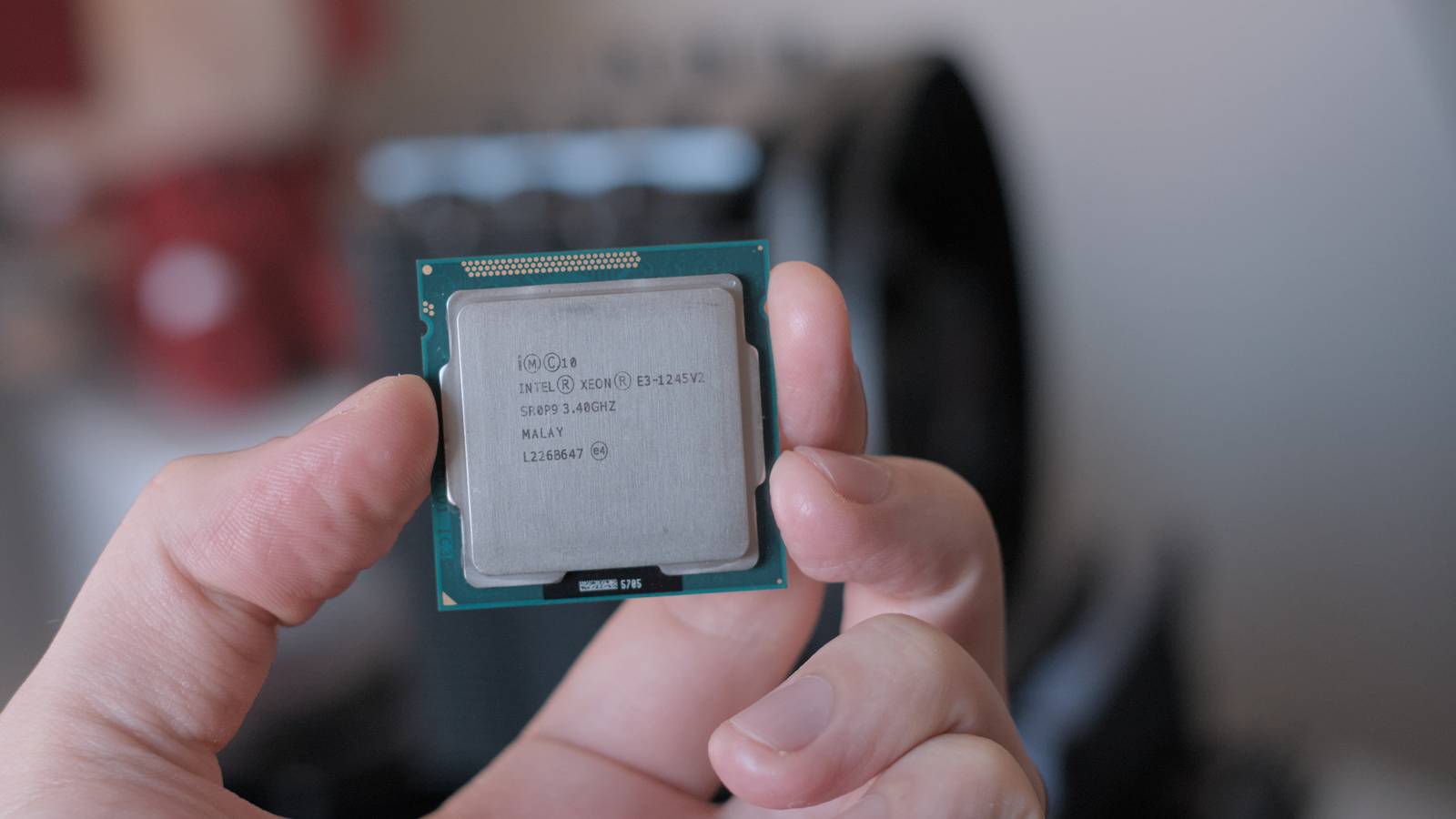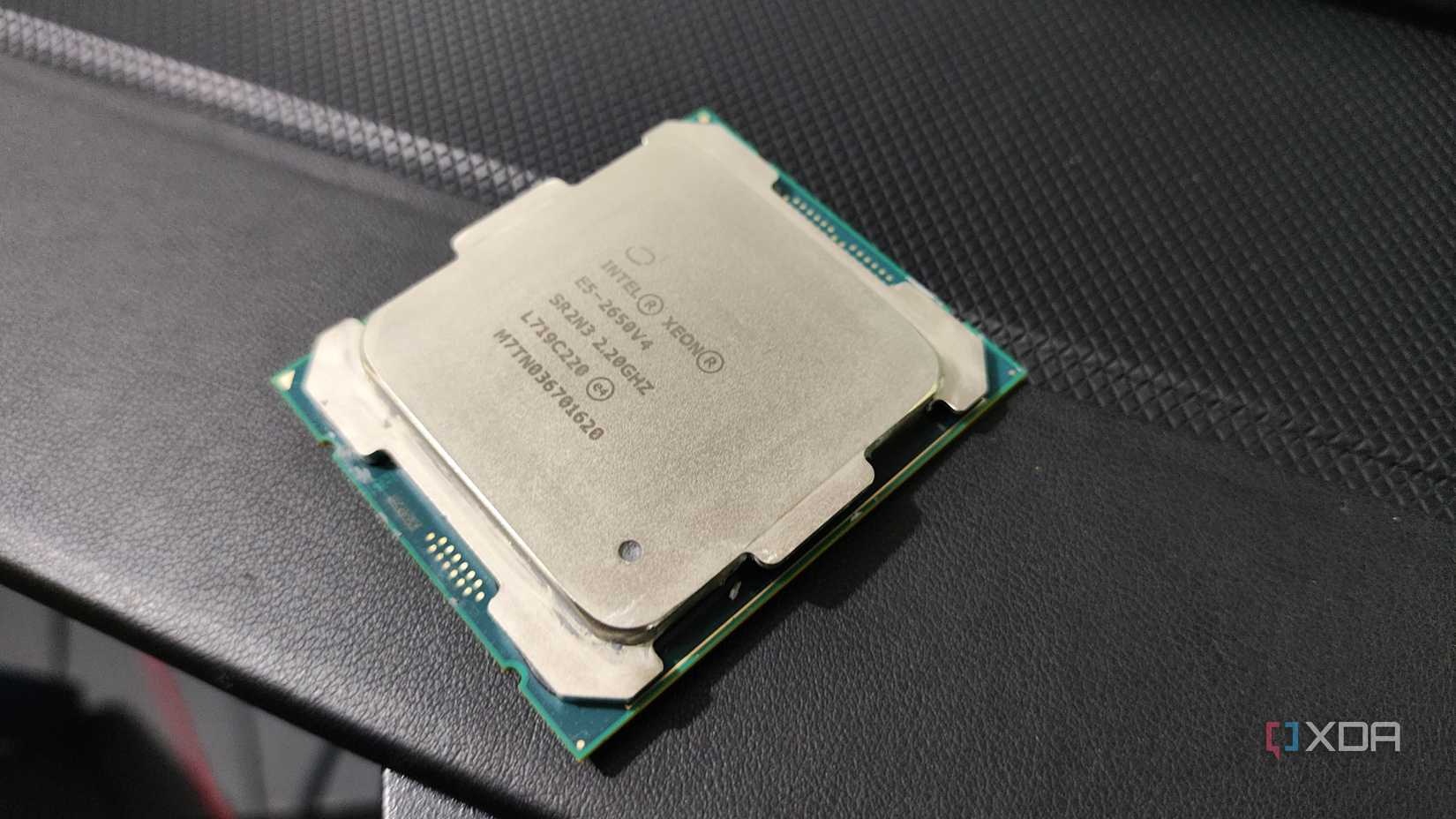
Sign in to your XDA account

Summary
- Nvidia invested $5B in Intel and partners to build x86 SOCs combining Intel CPUs with RTX GPU chiplets.
- x86 RTX SOCs aim to power a range of PCs, improving laptops and handheld gaming with tighter CPU-GPU integration.
- Intel may focus on affordable GPUs while Nvidia keeps the high-end; SOCs could reshape mid-range GPU roles.
As the AI scene heats up, hardware companies have been pushing to ensure they're at the forefront of the revolution. After all, if they can't provide for a potential world where people run LLMs on their system, someone else definitely will.
To ensure they both keep commanding positions in the PC hardware world, Nvidia and Intel have teamed up to develop system-on-chips (SOCs) that tap into both Nvidia's GPU expertise and Intel's long history in CPU design. And while both companies are making a big push into the world of AI infrastructure, consumers will also see a benefit.
Intel and Nvidia join forces to create mighty SOCs for all

Over on the Nvidia Newsroom, the company announces that it has invested $5 billion into Intel's stock, alongside a partnership that sees the two designing an SOC that leverages Intel's CPUs and Nvidia's GPUs. While the main goal is to supply an AI-hungry world with hardware, consumers are also getting some advancements of their own.
Nvidia announced that Intel will construct x86 SOCs that use RTX GPU chiplets on them. Nvidia calls them "x86 RTX SOCs" and claims they'll eventually find their home inside PCs worldwide. The company didn't elaborate on what these SOCs will look like in terms of hardware. Still, it did say they'll "power a wide range of PCs that demand integration of world-class CPUs and GPUs," which sounds very exciting, especially for laptop and handheld gaming enthusiasts.
NVIDIA founder and CEO Jensen Huang is pretty pleased with the collaboration:
“AI is powering a new industrial revolution and reinventing every layer of the computing stack — from silicon to systems to software. At the heart of this reinvention is NVIDIA’s CUDA architecture. This historic collaboration tightly couples NVIDIA’s AI and accelerated computing stack with Intel’s CPUs and the vast x86 ecosystem — a fusion of two world-class platforms. Together, we will expand our ecosystems and lay the foundation for the next era of computing.”
While this all sounds good on paper, it raises the question: if Intel has teamed up with Nvidia, what will it do with its own GPUs like Battlemage? We may see them fill a low-to-middle-end niche with a strong focus on affordability, while Nvidia leads the way with high-end products. At the same time, one could argue that, if these x86 RTX SOCs are mighty enough, they'll handle the demands of middle-end devices by themselves, which puts Intel in a weird spot, GPU-wise. We'll have to wait and see what happens.
.png)











 English (US) ·
English (US) ·